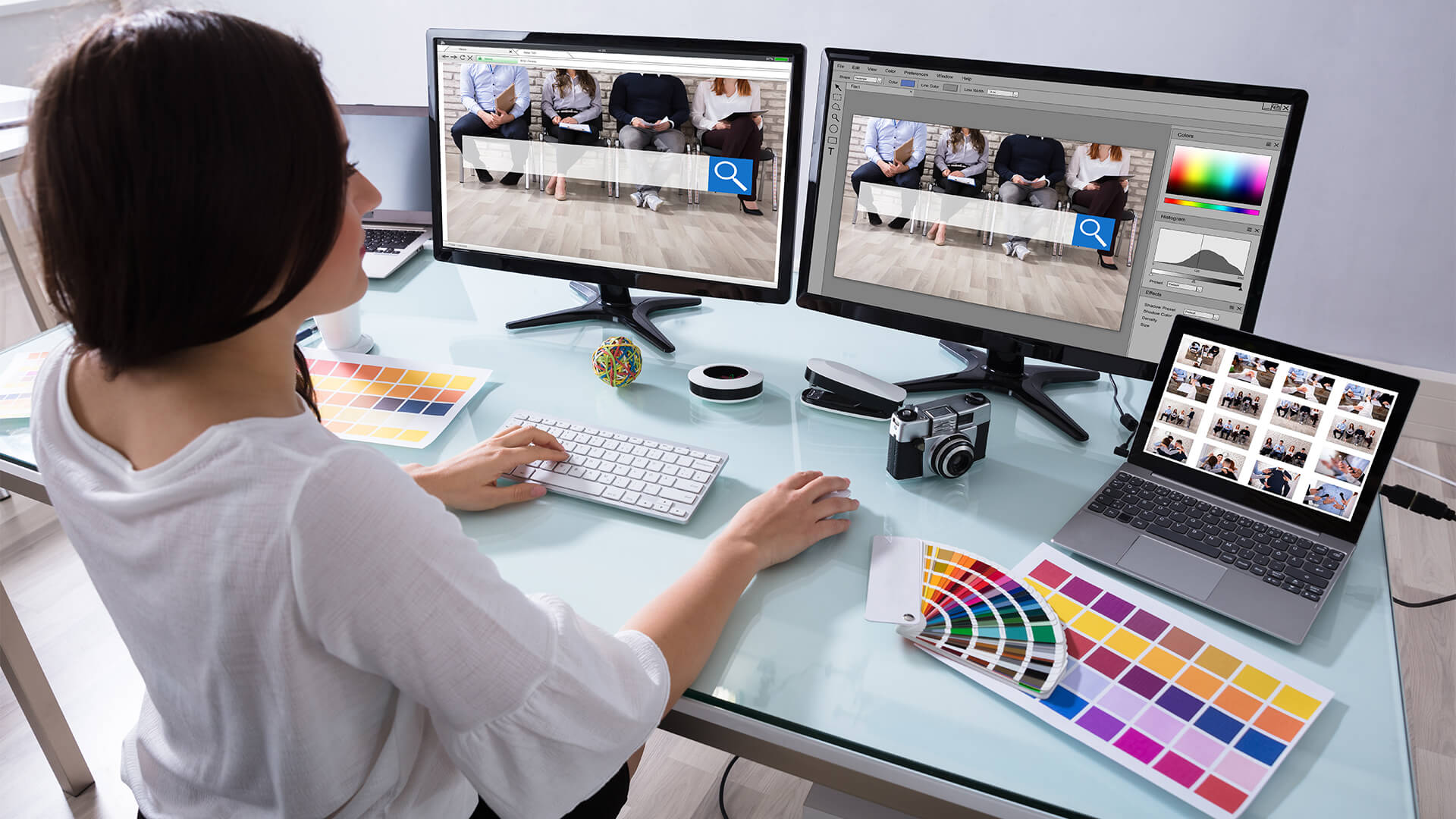The Most Effective Sorts Of Web Layout to Enhance Customer Experience and Engagement
In the ever-evolving landscape of digital interaction, the efficiency of Web style dramatically impacts user experience and engagement. Various style techniques, such as minimal, responsive, and interactive layouts, each offer distinct advantages that can cater to varied customer requirements.
Minimalist Web Layout
As digital landscapes come to be significantly chaotic, minimal website design has actually arised as an effective technique to improving individual experience. This style viewpoint prioritizes simpleness, concentrating on essential components while removing unneeded diversions. By using ample white space, uncomplicated navigation, and a limited shade scheme, minimal layout promotes clearness and directs user attention to key content.
The core principle of minimal website design is to produce a seamless interaction for individuals. By reducing cognitive tons, users can swiftly grasp details without feeling bewildered. This direct approach not just improves use however additionally motivates engagement, as site visitors are most likely to explore a website that is visually enticing and easy to browse.
In addition, minimalist design commonly stresses typography and imagery, utilizing these aspects tactically to share messages effectively. In essence, minimal Web layout is not just a trend; it is a thoughtful approach that identifies the relevance of user-centered design.
Responsive Web Style
In today's varied electronic atmosphere, receptive website design has actually come to be essential for creating a seamless individual experience across a multitude of devices. As users access sites on mobile phones, laptop computers, desktops, and tablets, the capability of a web site to adjust its format and web content to various display dimensions and resolutions is vital.
Receptive Web layout uses adaptable grids, pictures, and CSS media inquiries to make sure that Web content is provided efficiently, no matter the gadget utilized. This technique not just boosts the aesthetic appeal of an internet site yet likewise substantially improves functionality. Users are much more likely to engage with a site that supplies a consistent experience, as it eliminates the irritation of having to zoom in or scroll exceedingly.
By taking on responsive style, organizations can improve their presence and reach a wider target market. In recap, responsive Web layout is a fundamental method that improves customer experience, engagement, and general contentment.
Interactive Website Design
Receptive Web design lays the foundation for boosting user experience, yet interactive website design takes this an action even more by involving customers in a much more dynamic means - Aligned Position Web Design. By integrating elements such as computer animations, clickable prototypes, and real-time feedback, interactive website design mesmerizes customers, attracting them right into a richer browsing experience
This method not just promotes involvement yet also encourages users to check out material proactively instead of passively eating it. Strategies such as gamification, where customers gain rewards for completing tasks, can substantially boost the moment invested in a website and enhance general satisfaction. Furthermore, interactive features can simplify complex information, making it much more digestible and pleasurable.

Integrating interactive design aspects can additionally result in greater conversion prices, as individuals are most likely to involve with a website that actively entails them. Aligned Position Web Design. Ultimately, interactive website design transforms individual experiences right into memorable journeys, making certain that site visitors return time after time
Flat Design
Characterized by its minimalistic method, flat design stresses simpleness and capability, stripping away unneeded elements and focusing on important functions. This style approach focuses on functionality, making certain that customers can browse user interfaces with convenience and performance. By using a tidy visual, flat style gets rid of the clutter typically discovered in much more elaborate styles, thereby enhancing user focus on material and performance.
The trademark of level style depends on its use vibrant shades, straightforward typography, and geometric shapes. These elements add to an aesthetically attractive user interface that is both approachable and contemporary. Furthermore, level design promotes a sense of clarity, permitting individuals to determine essential actions and details without diversion.
Moreover, level design is especially reliable in responsive Web style, as its simpleness translates well across numerous devices and display sizes. By concentrating on important attributes, level design not only satisfies customer demands but likewise motivates smooth communication, making it a vital element of efficient Web layout strategies.
Adaptive Web Style
Flexible Web layout customizes the user experience by producing numerous dealt with formats tailored to different display dimensions and devices. Unlike responsive style, which fluidly adjusts a solitary format, flexible layout uses distinctive formats for specific breakpoints, guaranteeing ideal presentation on various platforms. This method enables designers to concentrate on the special attributes of each gadget, improving functionality by providing exactly what individuals need based upon their context.
One of the key benefits of flexible Web design is its ability to enhance tons times and efficiency. By offering customized web content and photos that fit the customer's tool, websites can reduce data usage and improve loading speeds. This is especially valuable for users with slower connections or minimal information strategies.
.png)
Additionally, flexible design promotes a much more regular and regulated branding experience. Considering that developers produce numerous designs, they can make certain that the visual aspects straighten with the brand name's identity across various systems - Aligned Position Web Design. This results in a cohesive individual experience, boosting engagement and promoting customer retention
Conclusion
To conclude, the assimilation of minimal, responsive, and interactive Web layout principles substantially enhances individual experience and interaction. Minimal style cultivates clarity and focus, while responsive style makes certain adaptability throughout numerous devices, advertising more tips here ease of access. Interactive design astounds individuals via dynamic components, urging expedition and customization. Jointly, these style comes close to add to the production of straightforward settings that not just boost complete satisfaction but also drive higher conversion rates, underscoring their crucial significance in contemporary Web design techniques.

Minimal layout cultivates quality and emphasis, while receptive layout ensures adaptability across various devices, promoting availability. Jointly, these style comes close to add to the development of easy to use atmospheres that not just enhance contentment yet also drive greater conversion rates, underscoring their reference vital value in contemporary Web design strategies.